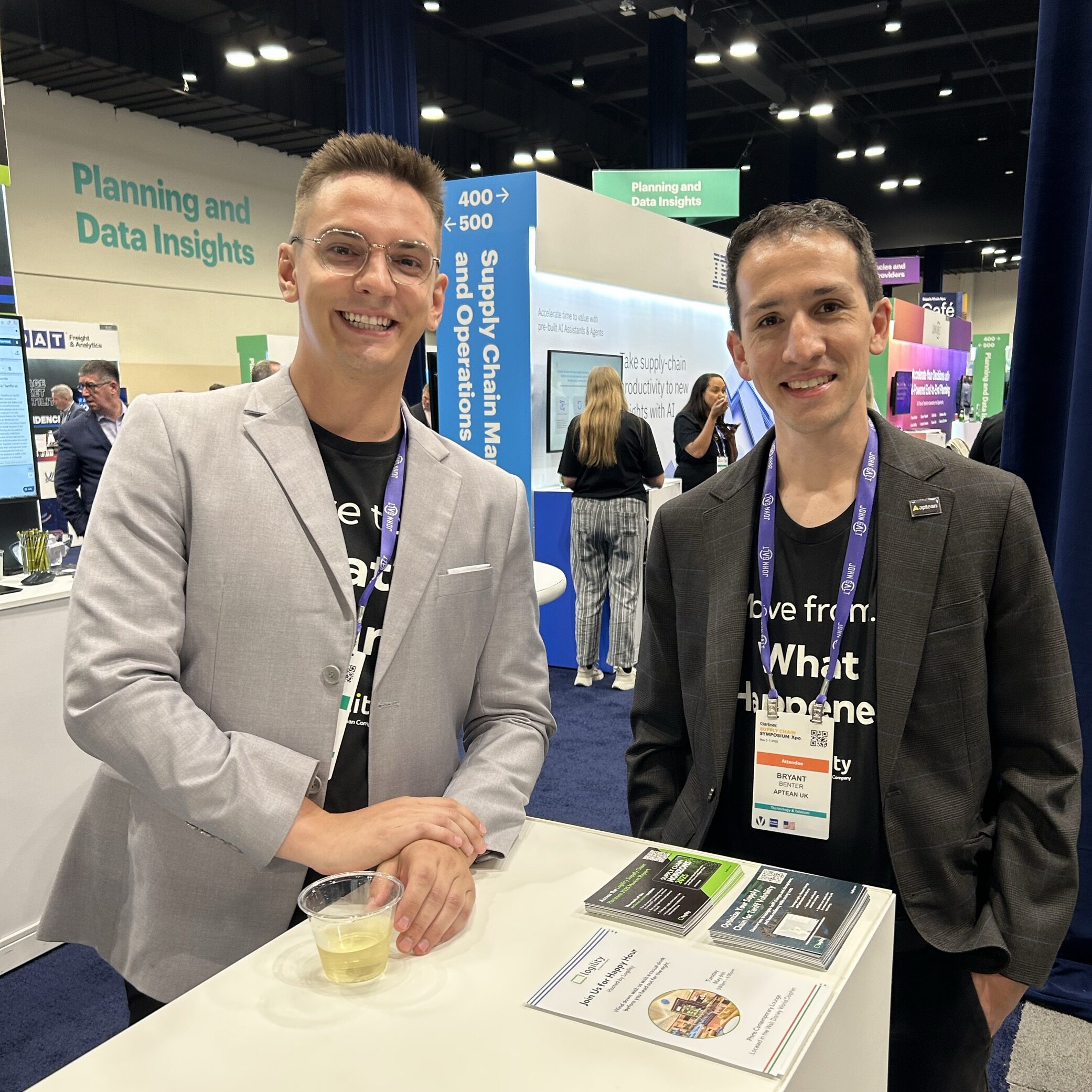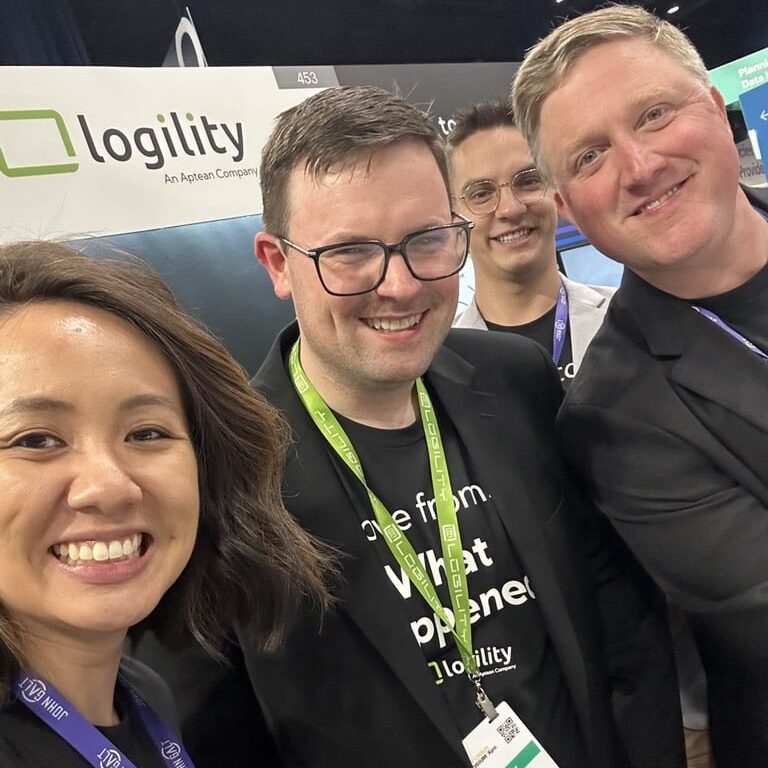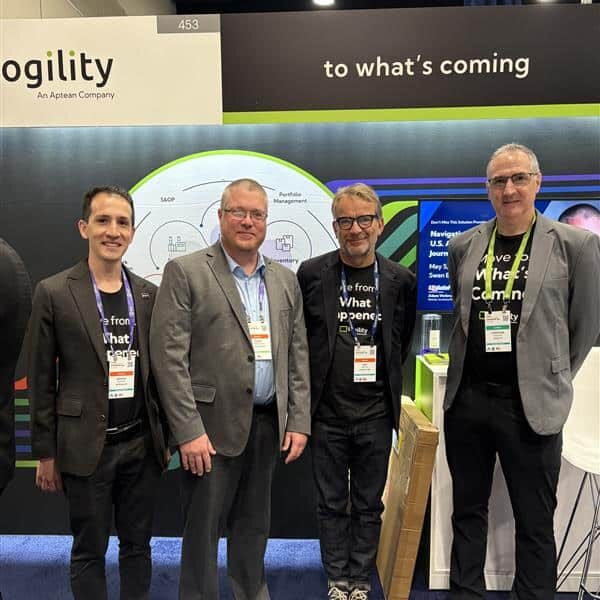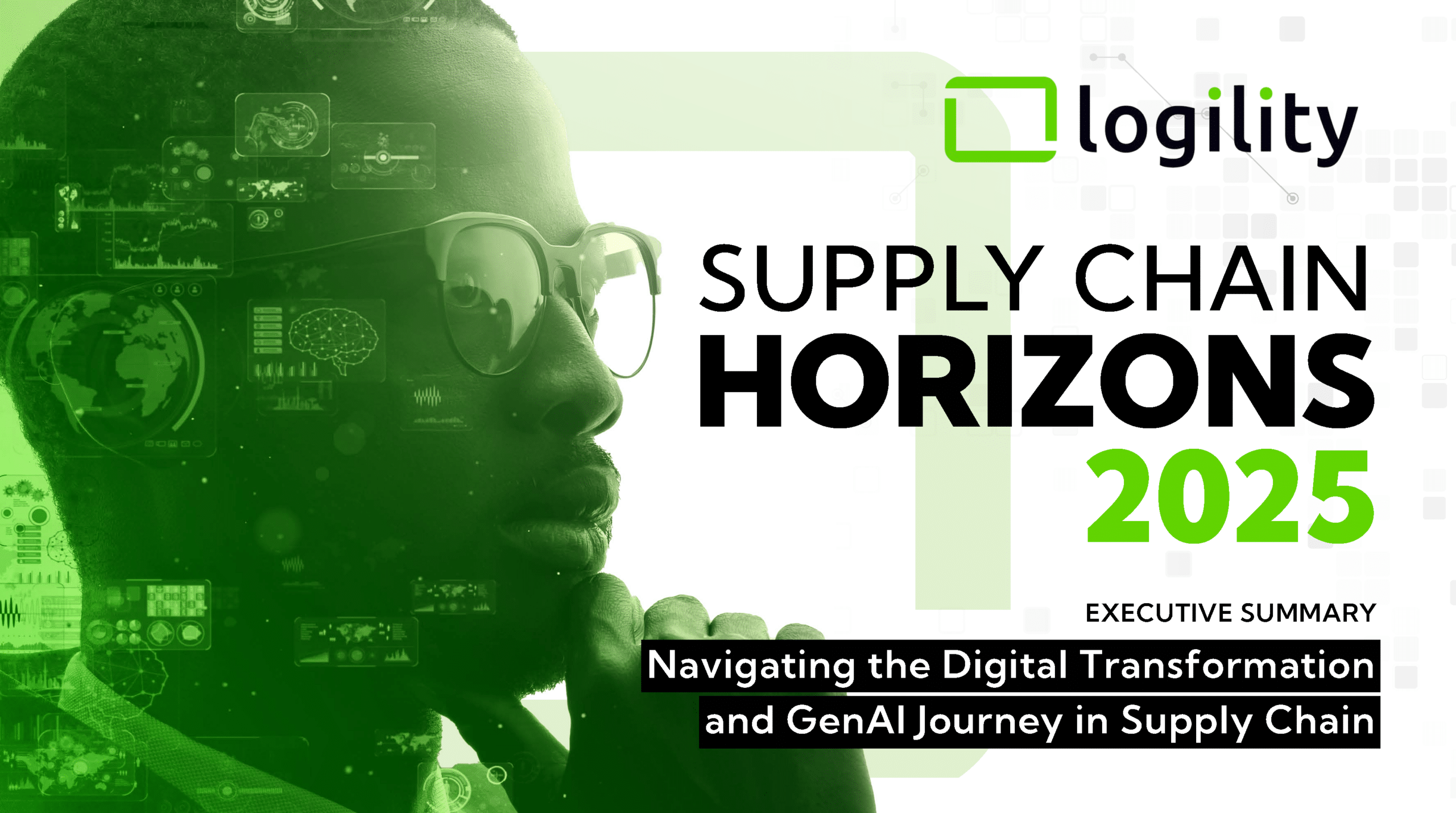
The 2025 NA Gartner Supply Chain Symposium|Xpo™ made one thing crystal clear: AI is no longer the future—it’s the engine driving the transformation of today’s supply chains.
From smarter networks to scenario planning, here are key takeaways from our time at the event:
1. AI Is the Heart of Change
The narrative has shifted. AI isn’t just a tool—it’s the foundation for building the processes of the future. Whether it’s demand forecasting, network design, or manufacturing optimization, AI is enabling companies to respond faster and smarter to disruption.
“The Gartner conference confirmed that AI is not the future anymore, it is the heart of the change that enables the new processes of the future as we are building them,” said Piet Buyck, SVP of Innovation Strategies.
When booth attendees were asked about their AI journey, most people considered themselves AI-Curious. Many were looking to support Autonomous Supply Chain or Sustainability in the next 1-5 years for their AI focus with some thinking more near term around Tariff Response.
Joe Slater, Business Consultant for Logility, highlighted that “In 2025, companies will challenge planning vendors to leverage AI to generate and improve planning processes beyond demand forecasting. The best supply chains already leverage AI and machine learning to improve the efficiency and accuracy of their demand forecasting process, but there is tremendous space for harnessing that power to drive better supply plans.”



2. Network Design Is Top of Mind
There was a strong interest in network optimization and resiliency, especially in the face of tariffs and global disruptions. While tariffs are often thought of as a one-time cost increase, it’s notable to remember they are part of a larger system where freight costs shift, supplier costs fluctuate, and demand changes. Companies need a comprehensive view of their supply chain network to understand how every change impacts procurement, production, and distribution.
“Attendees emphasized that flexibility and resilience in supply chain networks are more critical than ever, especially given ongoing disruptions and evolving global risks. Companies are recognizing the need for structural redesign at a network level, factoring in cost, sustainability, and risk management,” shared JJ Grubisic, Client Executive at Logility.
Many attendees also shared that their current networks—often shaped by mergers and acquisitions—aren’t being fully leveraged. Finding a way to plan proactively and become more agile was on many attendees’ minds. Traditional Network Design & Optimization, which is typically undertaken on a project basis and done infrequently, is giving way to an approach that continuously identifies incremental changes designed to mitigate the impact of disruptions. Supply chain leaders have never needed these capabilities more.
Protect your supply chain from tariff volatility
Explore our collection of tariff response resources for strategies and insights to overcome disruption.
Access3. Scenario Planning Is a Must-Have
Scenario planning stood out as a critical capability. Attendees want to move from reactive to proactive—asking, “If I try this, will it fix the problem or make it worse?” Many wanted abilities to respond to disruption and impacts to their demand plan while also preparing for upcoming promotions. Integrating GenAI into day-in-the-life workflows makes this kind of planning more intuitive and impactful.
“Throughout the end-to-end planning process, major industry players will look to enhance visibility and data latency by continuing to build out Generative AI solutions. Going forward there will be a need to leverage machine learning to correct master data or propose scenarios based on supply variability because those are the easiest challenges to solve,” remarked Slater.
Logility showcased Intelligent Order Response as a key solution to revolutionize order fulfillment by replacing rigid rules with a dynamic, AI-powered solution. This innovative software application is designed to continuously monitor near-term demand-supply imbalances, automate the majority of allocation decisions, and provide AI-driven recommendations to address shortages. By integrating seamlessly with an organization’s ERP and supply planning systems, Intelligent Order Response can help to optimize order allocation to align with business goals, to reduce costs, and supply chain penalties and increase profits.
Final Thought:
“In a world of constant disruption, leaders can’t wait for perfect data or future infrastructure—they must act now. By maximizing current assets, continuously optimizing networks, modeling scenarios, and turning AI insights into automation, they will move from insight to execution—and that’s where real value is created,” said Allan Dow, President of Logility.
The 2025 NA Gartner Supply Chain Symposium|Xpo™ confirmed that the future of supply chain isn’t just digital—it’s intelligent. And companies that embrace AI-driven planning and optimization today will be the ones leading tomorrow.
2025 Logility Supply Chain Horizons Market Report
Want to see how you stack up against your peers? Download the report for key supply chain benchmarks and insights.
Access Report



